For Ivy League grads, tech trumps Wall Street — from SmartPlanet.com by Kirsten Korosec
Excerpt:
A wave of young professionals–as well as recent grads–are bypassing (or leaving) Wall Street to take jobs within the high-tech sector, reported the Wall Street Journal. Nowhere is this trend more evident than in New York City, where employments in securities and banking fell 10 percent to 163,600 jobs in the past five years. Over the same time period, high-tech employments rose 10 percent to 275,600 by mid-2010, according to data from the New York State Department of Labor, reported the WSJ.









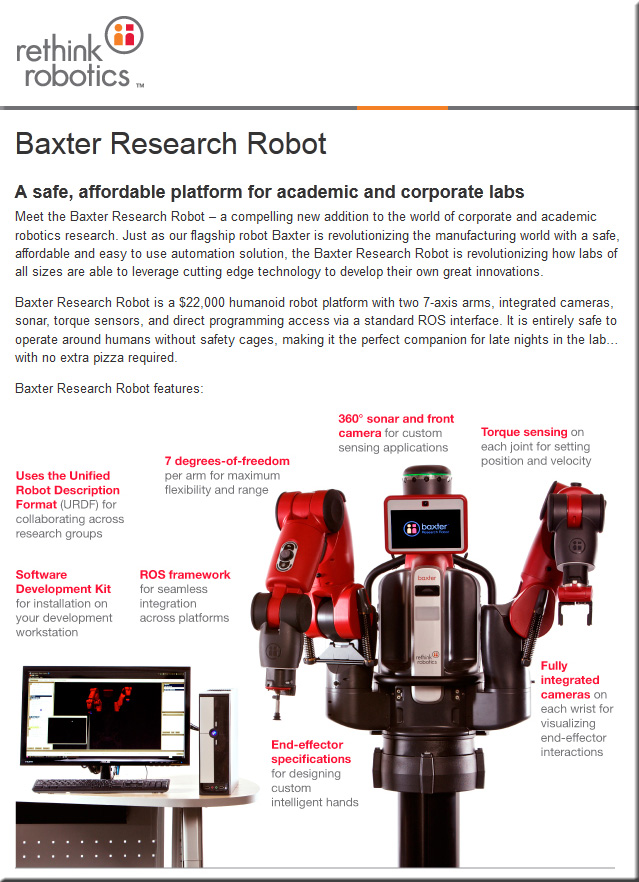
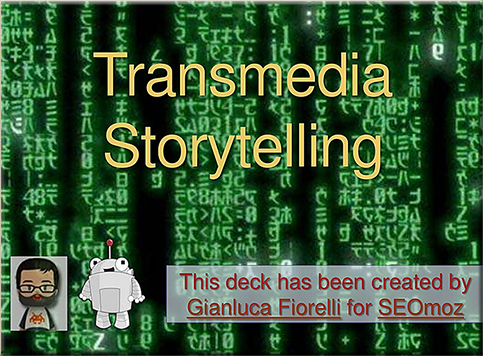
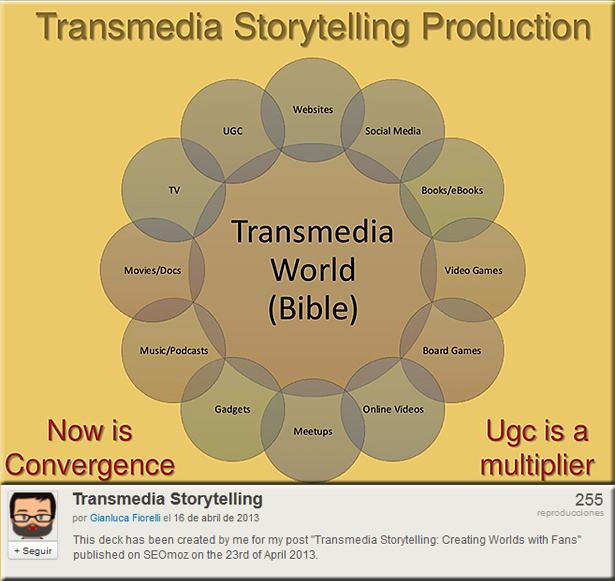
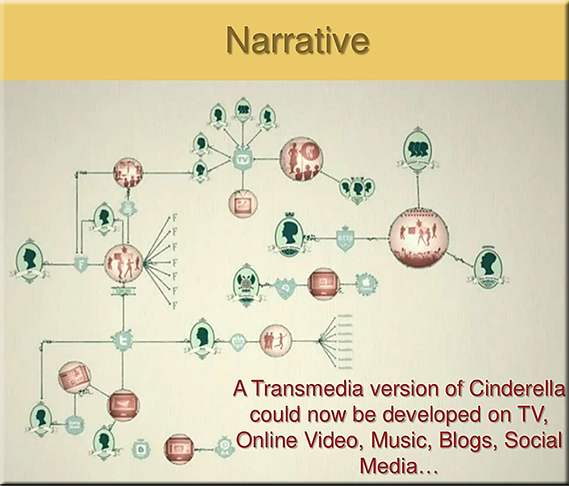
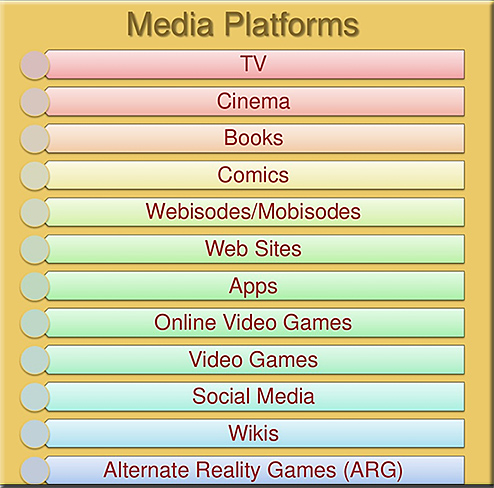
![The Living [Class] Room -- by Daniel Christian -- July 2012 -- a second device used in conjunction with a Smart/Connected TV](http://danielschristian.com/learning-ecosystems/wp-content/uploads/2012/07/The-Living-Class-Room-Daniel-S-Christian-July-2012.jpg)
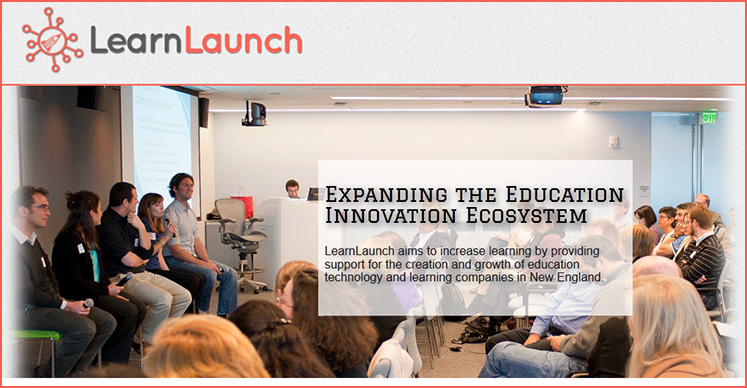


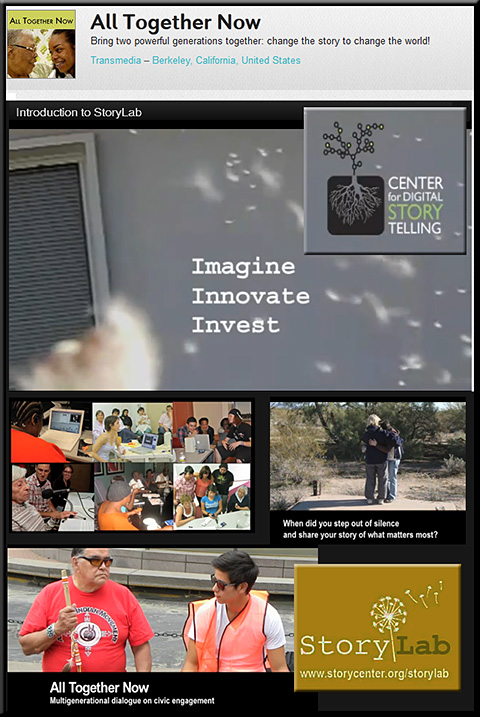
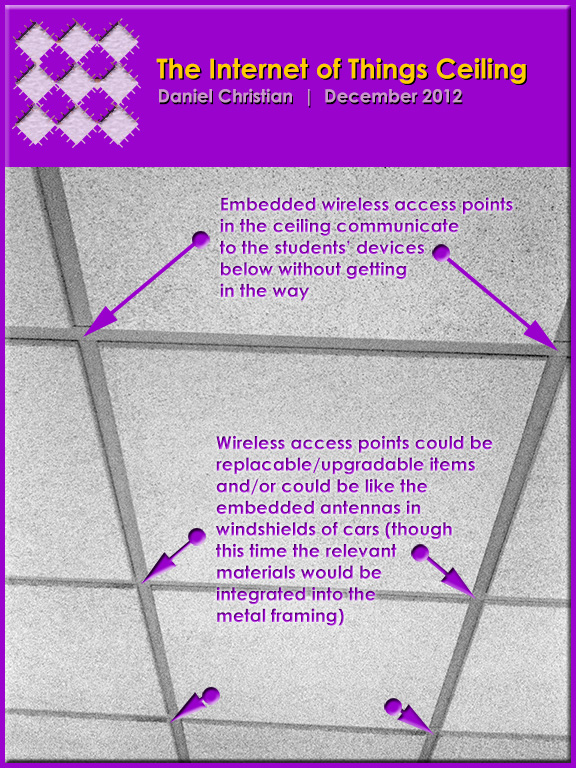


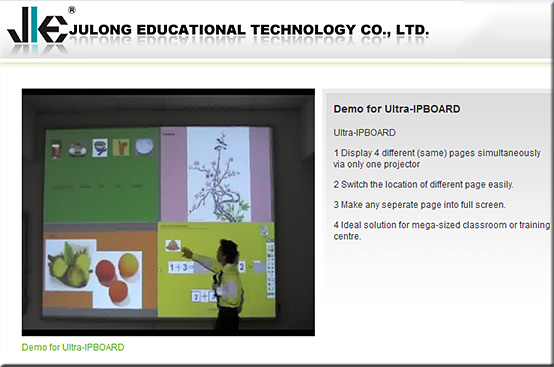
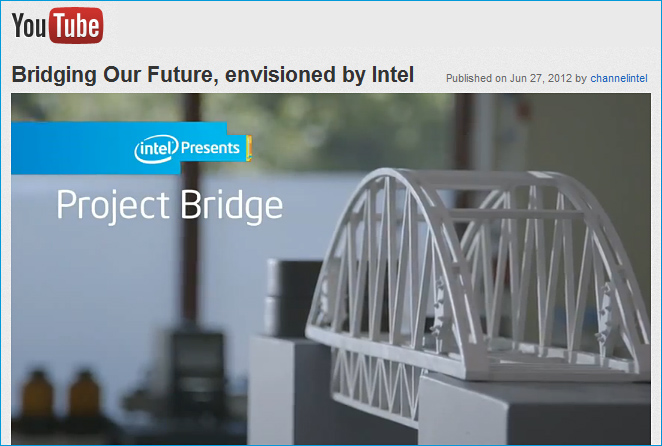
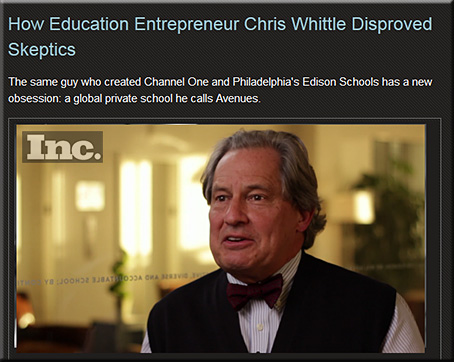
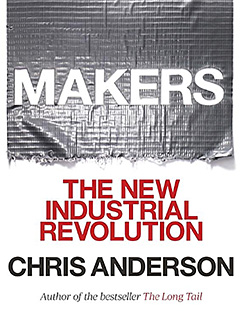


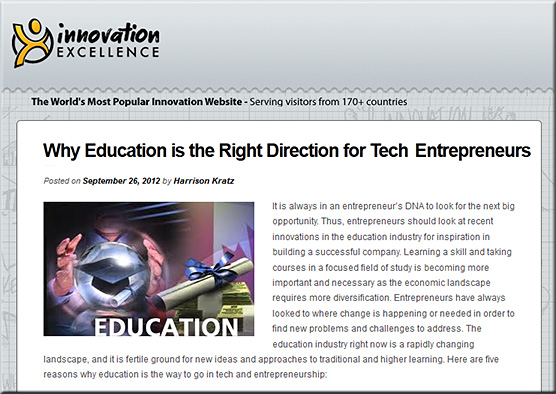

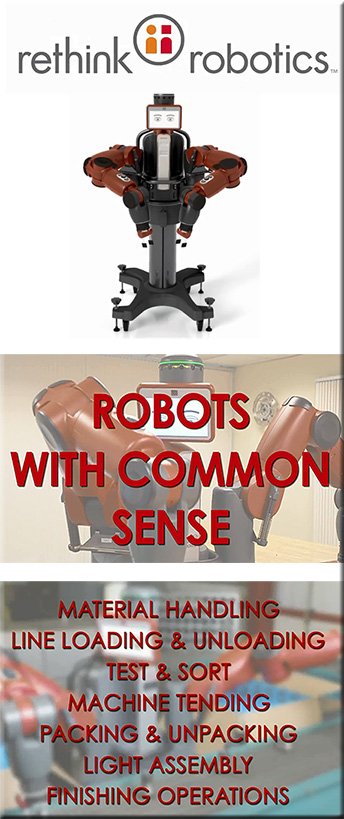
![TheSiegeOfAcademy-Sept2012 The Washington Monthly - The Magazine - The Siege of Academe [Kevin Carey]](http://danielschristian.com/learning-ecosystems/wp-content/uploads/2012/08/TheSiegeOfAcademy-Sept2012.jpg)